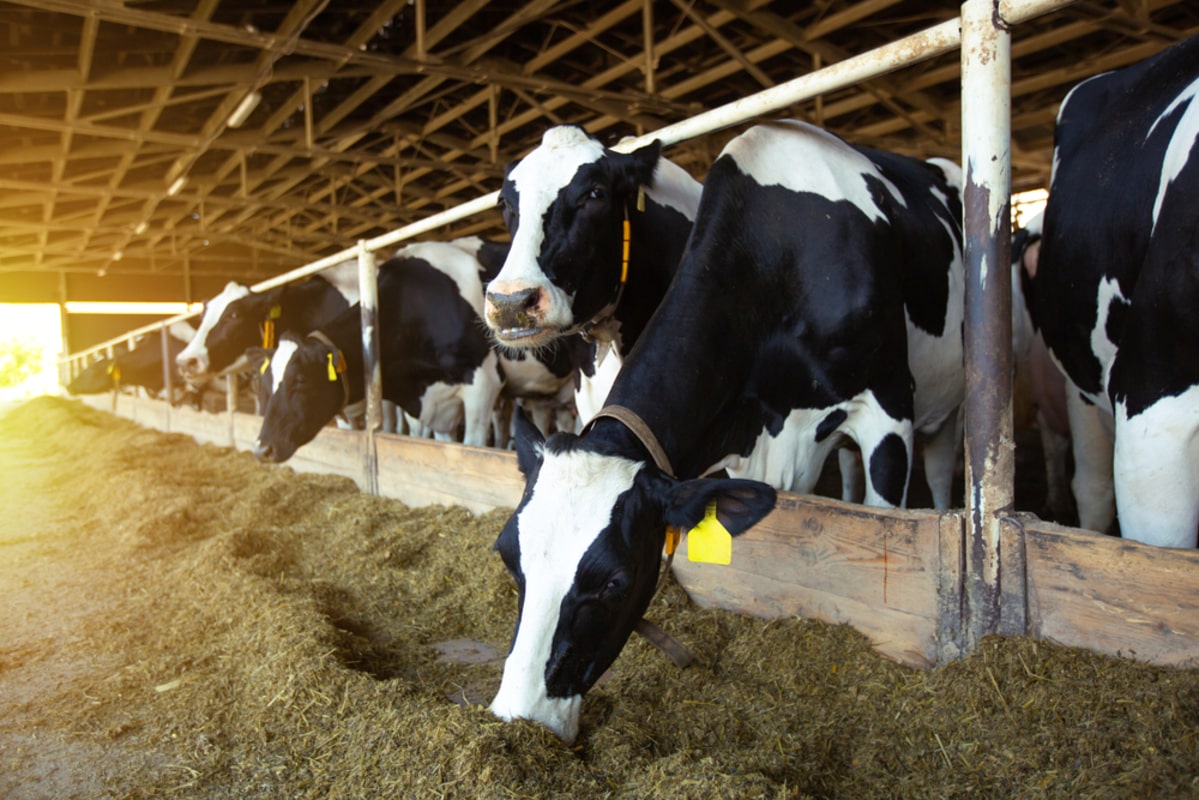KUALA LUMPUR, April 11 — The World Health Organization (WHO) perceives low public health risk from an outbreak of avian influenza in dairy cattles in the United States that has infected one person.
A person aged over 18 years in Texas tested positive for highly pathogenic avian influenza (HPAI) A(H5N1) virus, or H5N1 bird flu, after exposure to dairy cattle in the US state that were presumed to be infected with HPAI A(H5N1) viruses, the US’ Centers for Disease Control and Prevention (CDC) reported last April 1. HPAI viruses cause severe disease and high mortality in infected poultry.
This was the first time the virus was found in a cow and the second human case of H5N1 bird flu reported in the US, after a previous case of H5N1 bird flu in a poultry worker in Colorado in 2022.
“It also appears to be the first human infection with A(H5N1) acquired from contact with an infected mammal, although human infections with other influenza subtypes have previously been acquired from mammals,” WHO said in a media release yesterday.
“No additional associated cases of human infection with influenza A(H5N1) have been identified. Since the virus has not acquired mutations that facilitate transmission among humans and based on available information, WHO assesses the public health risk to the general population posed by this virus to be low and for occupationally exposed persons, the risk of infection is considered low-to-moderate.”
According to the CDC, in an update last April 5, the person in Texas with H5N1 bird flu reported eye redness, or conjunctivitis, as their only symptom and is recovering. The person wasn’t hospitalised, but was told to self-isolate at home and treated with a flu antiviral drug.
“The case in Texas would be the first known instance of a person getting bird flu from a cow. It’s not clear at this time exactly how the person in Texas became infected,” said the CDC.
“Bird flu illnesses in people have ranged from mild (e.g., eye infection, upper respiratory symptoms) to severe (e.g., pneumonia, multi-organ failure, death).”
The CDC, however, believes that the risk to the general public from H5N1 bird flu remains low, noting that preliminary analysis of genetic sequences shows that these viruses remain primarily avian and are not well adapted to people.
“There were no changes that would make these viruses resistant to current FDA-approved and recommended flu antiviral medications. These viruses also are very closely related to two existing HPAI A(H5N1) candidate vaccine viruses that are already available to manufacturers, and which could be used to make vaccine if needed,” said the CDC.
No person-to-person spread of the H5N1 bird flu virus has been found so far; household contacts of the Texas patient have not reported illness and were provided influenza antiviral prophylaxis.
According to a WHO update on avian influenza A(H5N1) yesterday, the United States Department of Agriculture (USDA) reported, on March 25, the first detection of HPAI A(H5N1) virus in dairy cattle and unpasteurised milk samples from cattle in Texas and Kansas in four dairy herds.
To date, USDA has announced confirmed detections of the H5N1 bird flu virus on 15 dairy cattle farms across six states: Idaho (1), Kansas (3), Michigan (1), New Mexico (2), Ohio (1), and Texas (7).
WHO advised enhanced surveillance in potentially exposed human populations when there has been human exposure to a known outbreak of an influenza A virus or when there has been an identified human case of infection with such a virus.
“In the case of a confirmed or suspected human infection caused by a novel influenza A virus with pandemic potential, including avian influenza virus, a thorough epidemiologic investigation (even while awaiting the confirmatory laboratory results) of history of exposure to animals, of travel, and contact tracing should be conducted,” said the WHO.
“All human infections caused by a novel influenza A virus subtype are notifiable under the International Health Regulations (IHR) and State Parties to the IHR (2005) are required to immediately notify WHO of any laboratory-confirmed case of a recent human infection caused by an influenza A virus with the potential to cause a pandemic. Evidence of illness is not required for this report.
“WHO does not advise special traveller screening at points of entry or restrictions regarding the current situation of influenza viruses at the human-animal interface.”
To reduce the risk of infection, the US CDC recommended against preparing or consuming uncooked or undercooked food, like unpasteurised (raw) milk or raw cheeses from animals with suspected or confirmed H5N1 bird flu virus infection.
“It is safe to drink commercial milk because products are pasteurised before entering the market. Pasteurisation kills bacteria and viruses, like influenza viruses, in milk,” said the CDC.
“It is safe to eat properly handled and cooked poultry in the United States. Properly handling and cooking poultry and eggs to an internal temperature of 165˚F kills bacteria and viruses, including bird flu viruses.”








